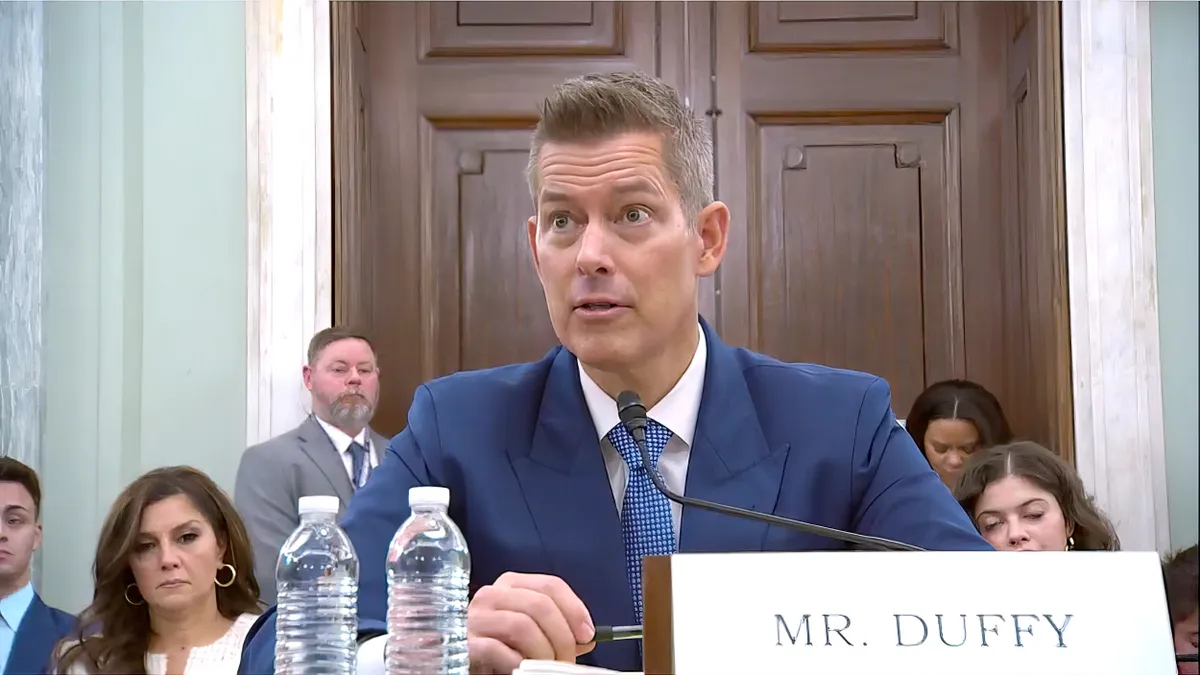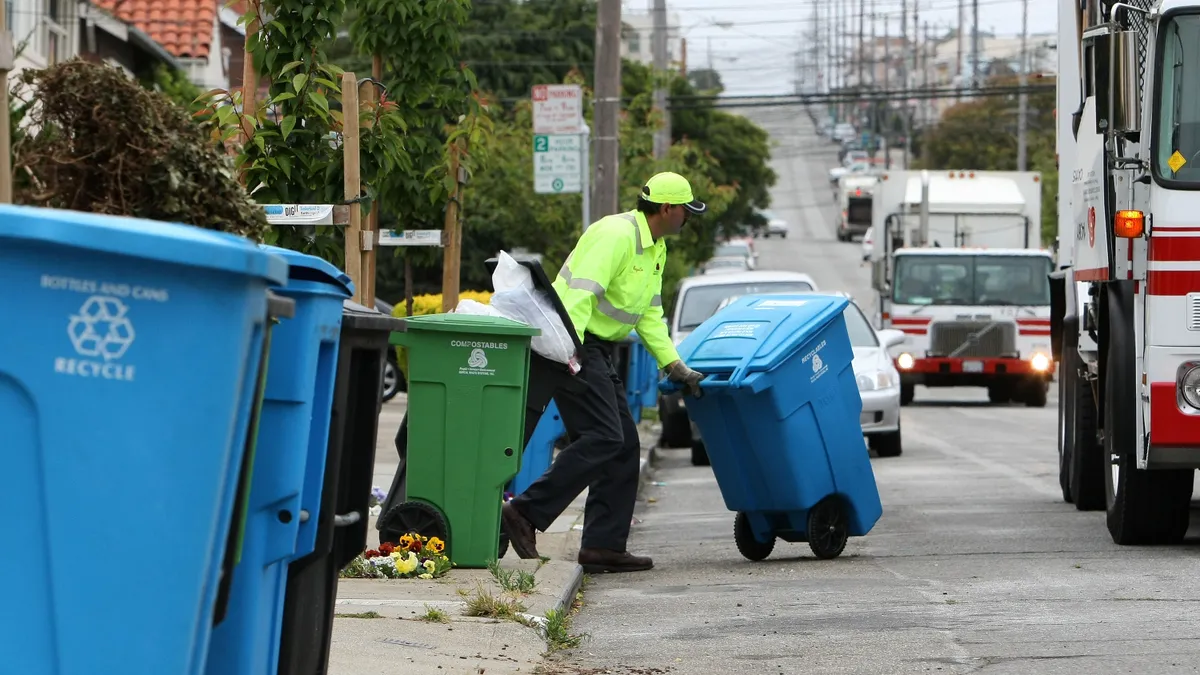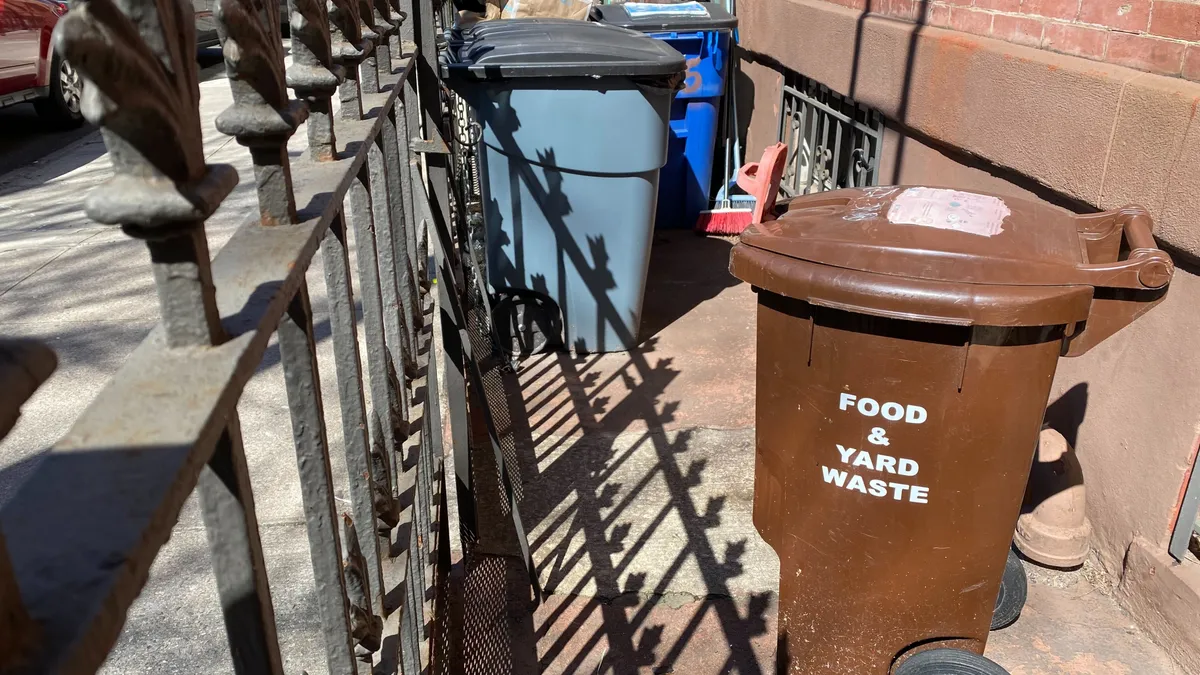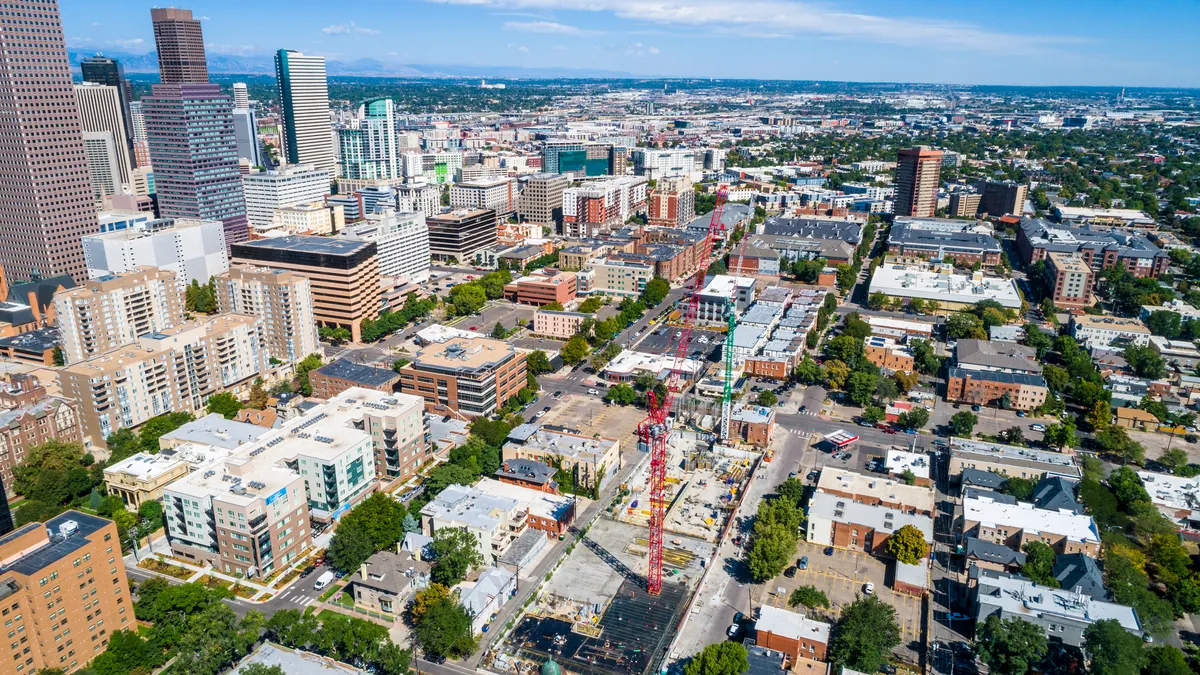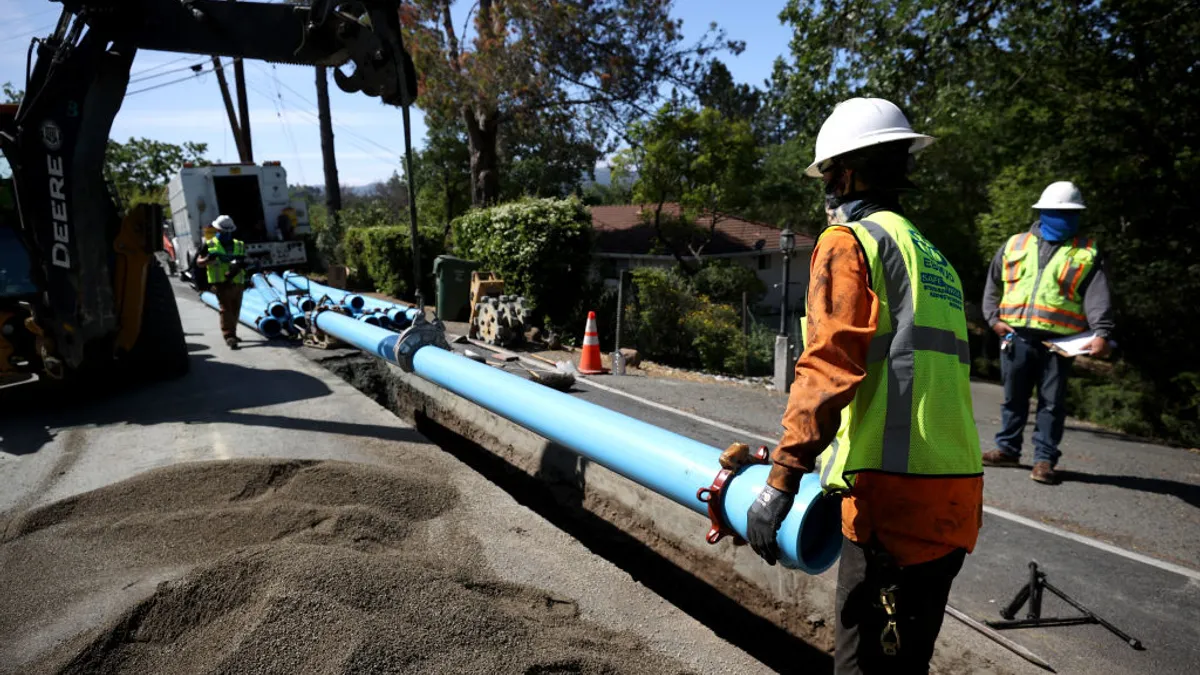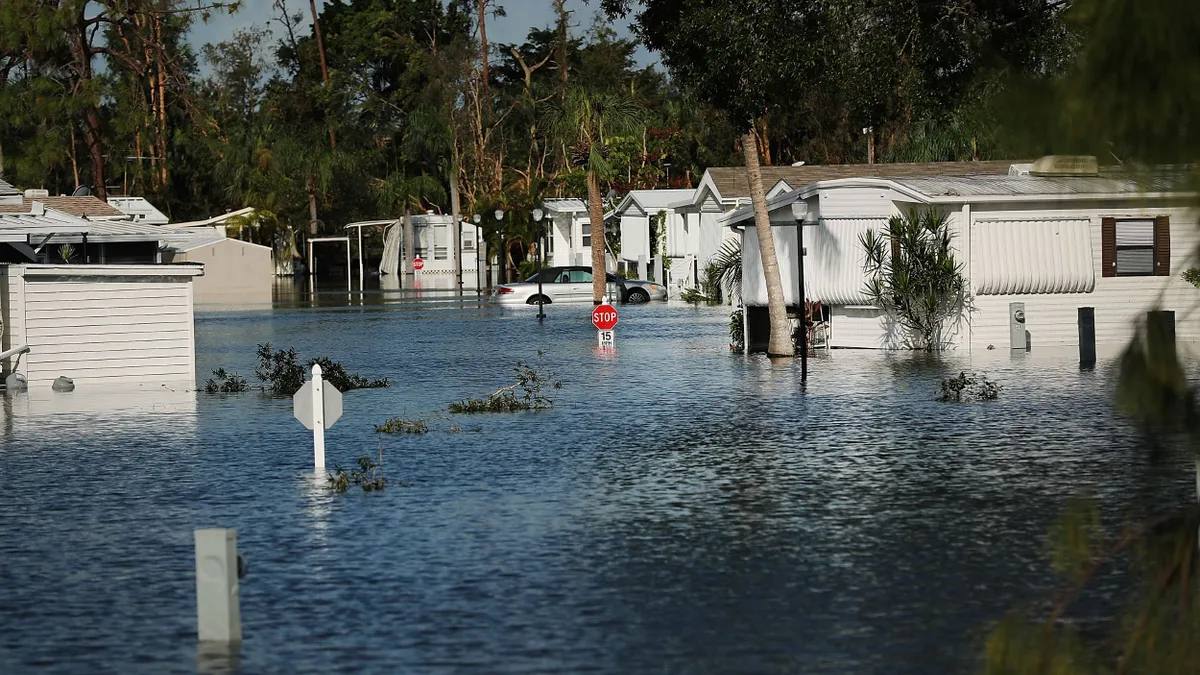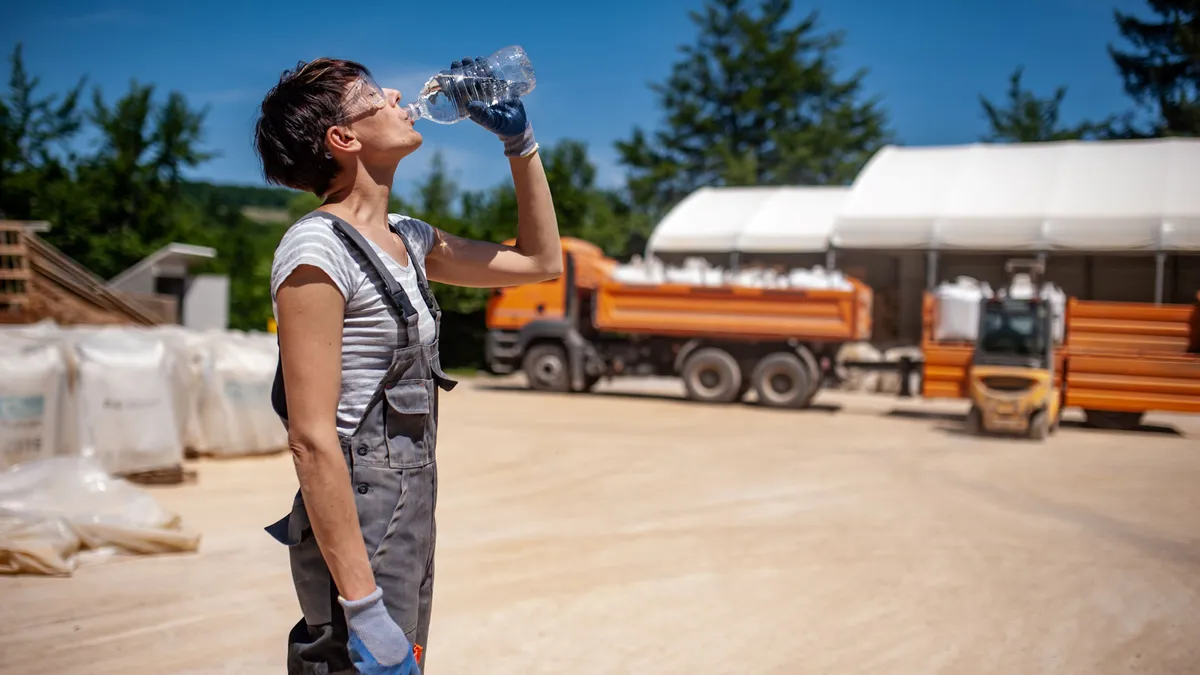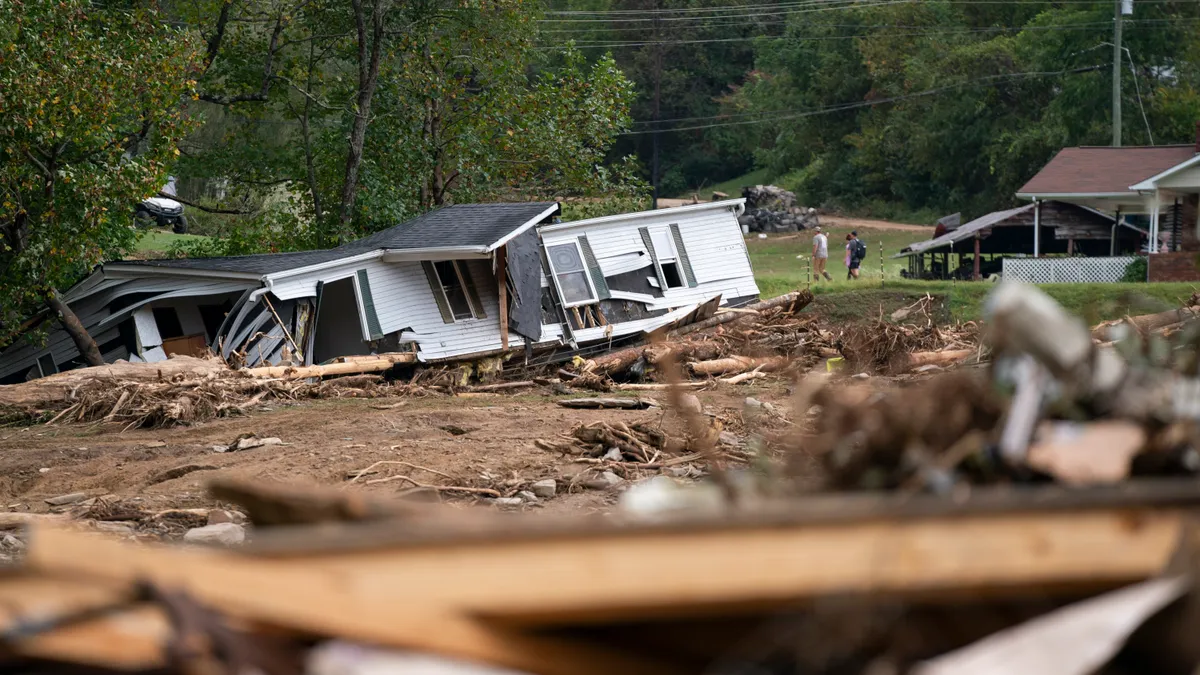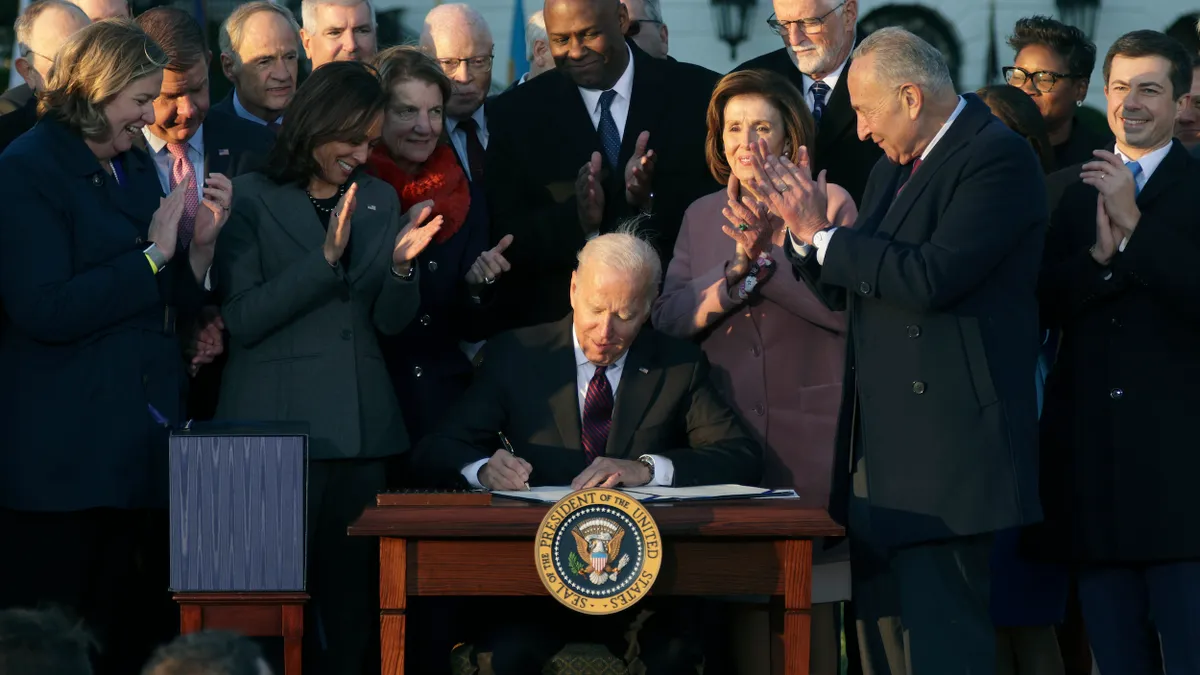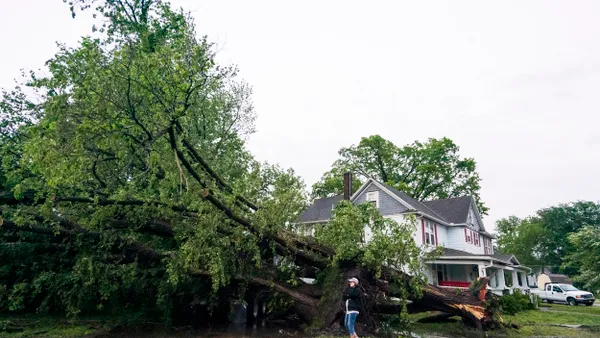Staff and funding cuts and statements from President Trump and members of his administration have many questioning FEMA’s future role in helping local governments handle natural disasters. Well before hurricane or tornado sirens sound, cities should prepare for storms’ impact on urban forests, the Green Infrastructure Center’s Matthew Lee said during a workshop at the Connecticut Tree Protective Association’s “Branching Out Together” conference.
Lee, the center’s forest conservation director, outlined key steps of that preparation: develop a storm team, collect baseline data, establish standing contracts for debris disposal and prepare debris-management sites.
“The price of being unprepared is pretty expensive,” Lee said. The U.S. has experienced six times more billion-dollar severe storms from 2001 through 2022 than the previous two decades. The average cost of billion-dollar severe storms has risen from $2.5 billion between 1980 and 2020 to $15.4 billion between 2001 and 2022, he said.
“The last thing you want to be doing is trying to manage an event that’s out of your control when you could have had time to do more proper vetting, such as bidding or procurement or doing tree-risk mitigation ahead of the storm, to reduce losses before the actual event occurs,” Lee said.
Before storm season begins
To plan ahead for urban forest storm management, cities first should create a storm team that includes experts from state agencies and local governments, including public works and emergency management staff, municipal arborists, utility workers, procurement specialists and public information officers, Lee said. He recommended the team hire qualified arborists to perform tree risk assessments, which could range from rapid “windshield” surveys to more advanced investigation requiring specialized equipment and technology. The Green Infrastructure Center provides free tools that can help storm teams identify and prioritize tree-risk zones around critical infrastructure and evacuation routes.
This data on tree risk allows the storm team to identify potential tree failures and their consequences and make strategic plans for clearing debris post-disaster, Lee said. “You want to be clearing away tree damage or debris that’s inhibiting access for you to be able to respond post-disaster — not because the mayor wants his neighborhood cleaned up first.”
The storm team can also use these metrics to procure standing contracts for debris hauling, tree monitoring and hazard tree mitigation, which can prevent delays and increase the likelihood of federal reimbursement by reducing the risk of fraud that can occur when contracting is rushed during or after a disaster. Start this process early and have contracts finalized before peak disaster season, Lee urged. This paid off for city officials in Alexandria, Louisiana, when Hurricane Laura hit in 2020, he added. “Contractors were tracking the storm, and they were there the day after the worst had passed.”
Preparing for post-disaster activity
The storm team also needs to plan for where tree debris will go after a storm. Lee suggested designating debris-management sites for different methods of disposal — such as composting, mulching, burning and landfilling — based on location, access and environmental permits. In addition to inking contracts for hauling debris to these sites, cities should also have contracts for monitoring debris removal. Federal audits have found a good amount of fraud occurs at this step, Lee said. For example, he said contractors might partially fill a truck with metal, then put the debris on top to make it appear like the truck is full. “The monitors are really there for you as a municipality to protect you so that you are able to get reimbursed by FEMA.”
Disaster recovery requires long-term planning, community engagement and strategic tree planting, but Lee warns that residents may not be immediately amenable to replacing lost trees.
“It’s going to take a little while for the community to heal,” he said. “They may have lost their homes. They may have had trees fall into their house with damage to their home and property. So, they may not be receptive two or three months after the event to planting a tree. It may take several years, depending on the severity of the disaster.”




